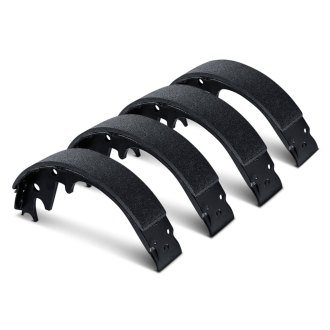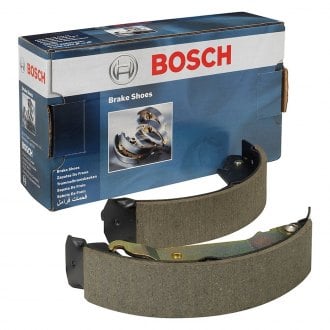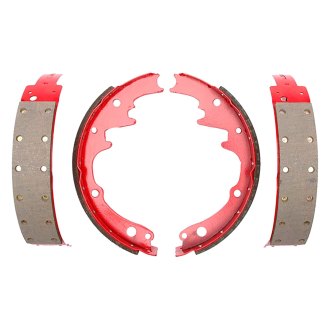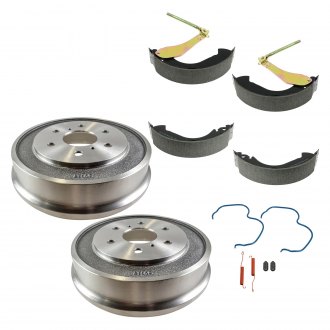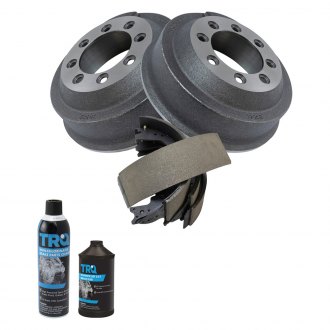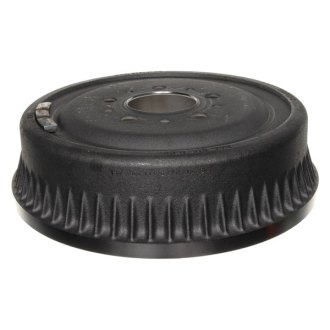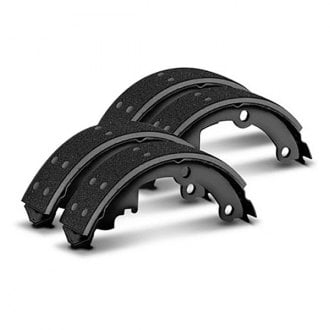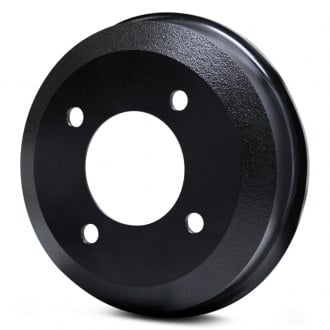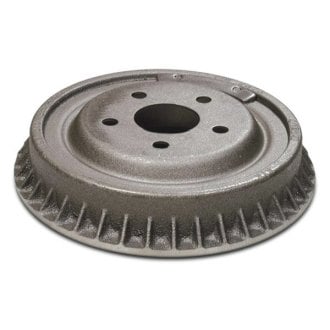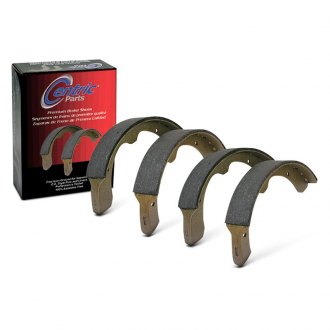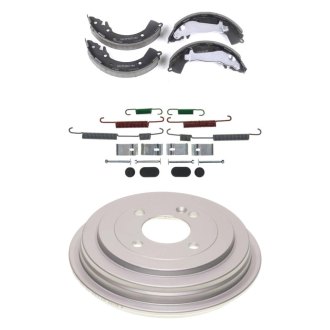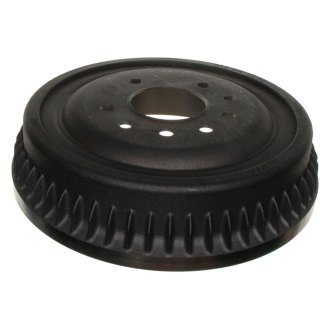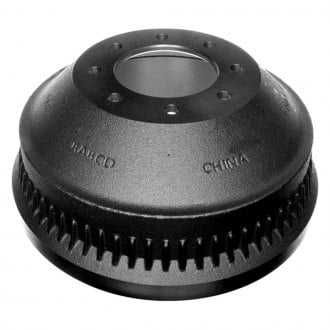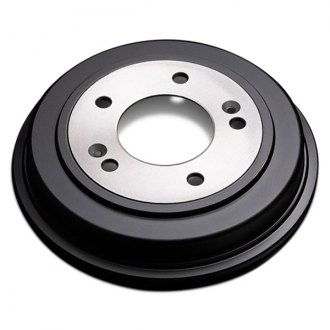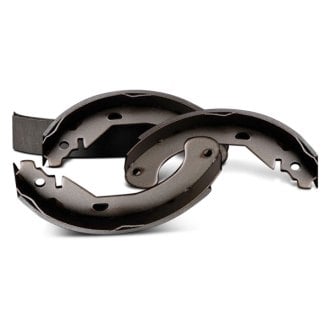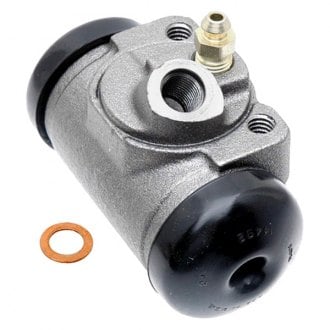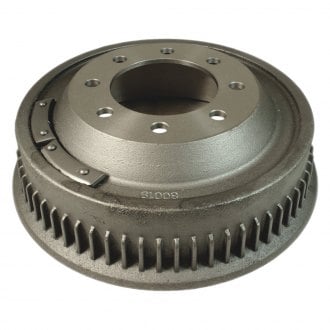Drum Brake Shoes
Select Department
-
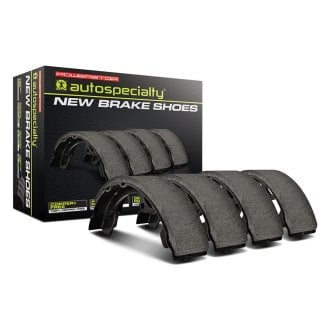 PowerStop® - Autospecialty Drum Brake Shoes$21.64 - $80.30
PowerStop® - Autospecialty Drum Brake Shoes$21.64 - $80.30 -
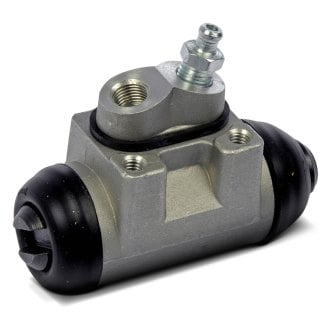 Dorman® - Drum Brake Wheel Cylinder$6.17 - $88.92
Dorman® - Drum Brake Wheel Cylinder$6.17 - $88.92 -
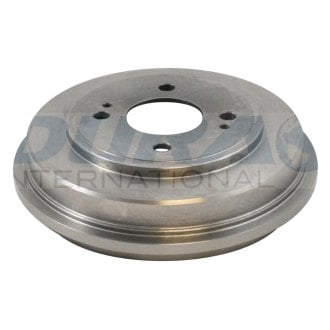 DuraGo® - Brake Drum$21.36 - $192.25
DuraGo® - Brake Drum$21.36 - $192.25 -
 ACDelco® - Gold™ Drum Brake Wheel Cylinder$8.84 - $104.76
ACDelco® - Gold™ Drum Brake Wheel Cylinder$8.84 - $104.76 -
 Save 5%DFC® - True-Arc Drum Brake Shoes$20.55 - $214.58$21.63 - $225.87Save 5%
Save 5%DFC® - True-Arc Drum Brake Shoes$20.55 - $214.58$21.63 - $225.87Save 5% -
 Save 5%DFC® - Drum Brake Wheel Cylinder$9.91 - $54.18$10.43 - $57.04Save 5%
Save 5%DFC® - Drum Brake Wheel Cylinder$9.91 - $54.18$10.43 - $57.04Save 5% -
 iD FastTrack Extra Save $5.00Bosch® - Blue™ Drum Brake Shoes$21.08 - $97.06 + Save up to $5.00 with iD FastTrack
iD FastTrack Extra Save $5.00Bosch® - Blue™ Drum Brake Shoes$21.08 - $97.06 + Save up to $5.00 with iD FastTrack -
 PowerStop® - Premium Brake Drum$32.32 - $163.58
PowerStop® - Premium Brake Drum$32.32 - $163.58 -
 ACDelco® - Gold™ Drum Brake Shoe Set$27.10 - $133.33
ACDelco® - Gold™ Drum Brake Shoe Set$27.10 - $133.33 -
 Raybestos® - R-Line Brake Drum$16.90 - $216.41
Raybestos® - R-Line Brake Drum$16.90 - $216.41 -
 DIY Solutions® - Drum Brake Kit$109.75 - $334.26
DIY Solutions® - Drum Brake Kit$109.75 - $334.26 -
 iD FastTrack Extra Save $14.10TRQ® - Drum Brake Kit$88.86 - $282.04 + Save up to $14.10 with iD FastTrack
iD FastTrack Extra Save $14.10TRQ® - Drum Brake Kit$88.86 - $282.04 + Save up to $14.10 with iD FastTrack -
 Raybestos® - R-Line™ Brake Drum$27.60 - $216.41
Raybestos® - R-Line™ Brake Drum$27.60 - $216.41 -
 Wagner® - QuickStop™ Drum Brake Shoes$10.43 - $86.82
Wagner® - QuickStop™ Drum Brake Shoes$10.43 - $86.82 -
 Save 5%DFC® - True Balanced Brake Drum$18.65 - $335.05$19.62 - $352.70Save 5%
Save 5%DFC® - True Balanced Brake Drum$18.65 - $335.05$19.62 - $352.70Save 5% -
 iD FastTrack Extra Save $8.40Centric® - C-Tek™ Standard Brake Drum$24.64 - $261.55 + Save up to $8.40 with iD FastTrack
iD FastTrack Extra Save $8.40Centric® - C-Tek™ Standard Brake Drum$24.64 - $261.55 + Save up to $8.40 with iD FastTrack -
 iD FastTrack Extra Save $4.00Centric® - Premium Drum Brake Shoes$13.79 - $86.51 + Save up to $4.00 with iD FastTrack
iD FastTrack Extra Save $4.00Centric® - Premium Drum Brake Shoes$13.79 - $86.51 + Save up to $4.00 with iD FastTrack -
 Save 10%R1 Concepts® - Drum Brake Wheel Cylinder$20.54 - $69.99$22.83 - $77.76Save 10%
Save 10%R1 Concepts® - Drum Brake Wheel Cylinder$20.54 - $69.99$22.83 - $77.76Save 10% -
 Raybestos® - Element3™ Organic Drum Brake Shoes$17.53 - $277.35
Raybestos® - Element3™ Organic Drum Brake Shoes$17.53 - $277.35 -

-
 ACDelco® - Gold™ Brake Drum$19.25 - $276.43
ACDelco® - Gold™ Brake Drum$19.25 - $276.43 -
 iD FastTrack Extra Save $9.00ACDelco® - Silver™ Brake Drum$23.16 - $206.96 + Save up to $9.00 with iD FastTrack
iD FastTrack Extra Save $9.00ACDelco® - Silver™ Brake Drum$23.16 - $206.96 + Save up to $9.00 with iD FastTrack -
 Beck Arnley® - Drum Brake Wheel Cylinder$8.98 - $50.40
Beck Arnley® - Drum Brake Wheel Cylinder$8.98 - $50.40 -
 iD FastTrack Extra Save $4.30ACDelco® - Genuine GM Parts™ Drum Brake Wheel Cylinder$20.36 - $134.03 + Save up to $4.30 with iD FastTrack
iD FastTrack Extra Save $4.30ACDelco® - Genuine GM Parts™ Drum Brake Wheel Cylinder$20.36 - $134.03 + Save up to $4.30 with iD FastTrack -
 iD FastTrack Extra Save $11.00Centric® - Premium Brake Drum$35.77 - $211.20 + Save up to $11.00 with iD FastTrack
iD FastTrack Extra Save $11.00Centric® - Premium Brake Drum$35.77 - $211.20 + Save up to $11.00 with iD FastTrack -
 Save 10%R1 Concepts® - Brake Drum$30.99 - $257.42$34.44 - $286.03Save 10%
Save 10%R1 Concepts® - Brake Drum$30.99 - $257.42$34.44 - $286.03Save 10% -
 Save 10%R1 Concepts® - Premium Drum Brake Shoes$33.06 - $272.33$36.73 - $302.58Save 10%
Save 10%R1 Concepts® - Premium Drum Brake Shoes$33.06 - $272.33$36.73 - $302.58Save 10% -
 iD FastTrack Extra Save $4.00Motorcraft® - Drum Brake Shoes$47.99 - $70.82 + Save up to $4.00 with iD FastTrack
iD FastTrack Extra Save $4.00Motorcraft® - Drum Brake Shoes$47.99 - $70.82 + Save up to $4.00 with iD FastTrack -
 Raybestos® - Element3™ Drum Brake Wheel Cylinder$9.36 - $110.27
Raybestos® - Element3™ Drum Brake Wheel Cylinder$9.36 - $110.27 -
 AmeriBRAKES® - AmeriPRO™ Brake Drums$19.02 - $239.12
AmeriBRAKES® - AmeriPRO™ Brake Drums$19.02 - $239.12
While they have been technologically eclipsed by disc brakes, drum brakes still provide reliable service at the rear wheels on many late model trucks and cars. Although they don’t have the fade resistance of disc brakes, the stopping ability of drum brakes is more than adequate at the rear where they have to provide a smaller percentage of braking capacity. They usually have less noise problems and facilitate simpler parking brake design and operation.
Drum brakes consist of a pair of “shoes” that provide the metal frames for the friction linings. The shoes are secured to a backing plate by hold-down springs, and actuated by the pistons in a hydraulic wheel cylinder. When the brakes are applied, the linings press against the friction surface of the brake drum, which encloses the assembly and attaches to the axle or hub, turning with the wheels. Return springs retract the shoes after brake application.
All drum brake assemblies produced since the 1960s have self-adjuster mechanisms that adjust the shoes to compensate for lining wear and to maintain shoe-to-drum clearance. Rear drum brakes also have parking brake linkage that is connected to parking brake cables. The friction lining can be bonded or riveted to the shoes. There are two common brake shoe configurations, non-servo, or leading-trailing design, and duo-servo brakes. While all drum brakes are “self-energizing”, where stopping power is increased by the rotating drum pulling the shoe tighter to the drum, this characteristic is more powerful on duo-servo brakes.
Friction linings wear during use. Vehicle manufacturers have minimum lining thickness specifications, below which the lining cannot safely perform. Besides measuring lining thickness, they should be inspected for cracks, looseness and uneven wear. Linings that are contaminated by leaking brake fluid from a faulty wheel cylinder or gear oil that has passed by a worn axle seal, must be replaced regardless of thickness. Discolored shoes and linings have been overheated, possibly due to fatigued return springs. Uneven wear can be caused by seized wheel cylinder pistons, improper adjustment, a tapered drum, or worn springs.
Regardless of the cause for replacement, we can supply you with drum brake shoes that will restore OE braking performance. The friction material is engineered for each application, so you get stopping power that suits your driving needs. Temperatures inside a brake drum can gradually fatigue brake hardware. For an effective repair, we recommend replacing hold-down and return springs and self-adjuster mechanisms. We offer complete hardware kits as well as drum brake rebuild kits that include the drums, shoes, hardware, and wheel cylinders. The latter replaces all common wear components with parts designed to work together.
Browse by Part Name
Featured Brands
Related Categories
 Brake Rotors
Brake Rotors Disc Brake Pads
Disc Brake Pads Brake Calipers
Brake Calipers Brake Kits
Brake Kits Brake Lines & Hoses
Brake Lines & Hoses Brake Hardware
Brake Hardware Brake Master Cylinders
Brake Master Cylinders Parking Brakes
Parking Brakes Brake Boosters
Brake Boosters Brake Drums
Brake Drums Brake System Sensors
Brake System Sensors ABS System Parts
ABS System Parts Brake Wheel Cylinders
Brake Wheel Cylinders Backing Plates & Shields
Backing Plates & Shields Vacuum Pumps
Vacuum Pumps Disc Brake Conversions
Disc Brake Conversions Line Lock & Roll Control
Line Lock & Roll Control Brake Cooling
Brake Cooling Brake Fluids & Lubricants
Brake Fluids & Lubricants
Browse by Vehicle
Drum Brake Shoes Reviews


